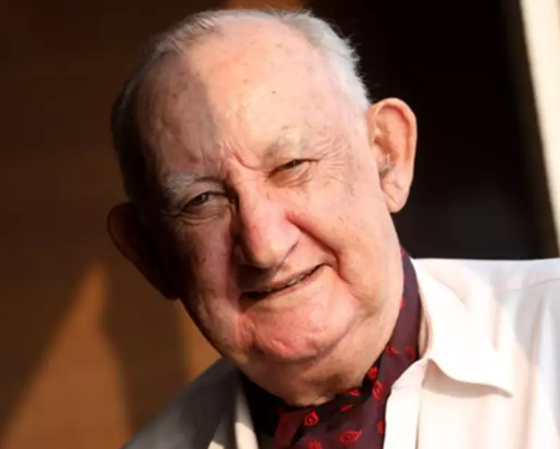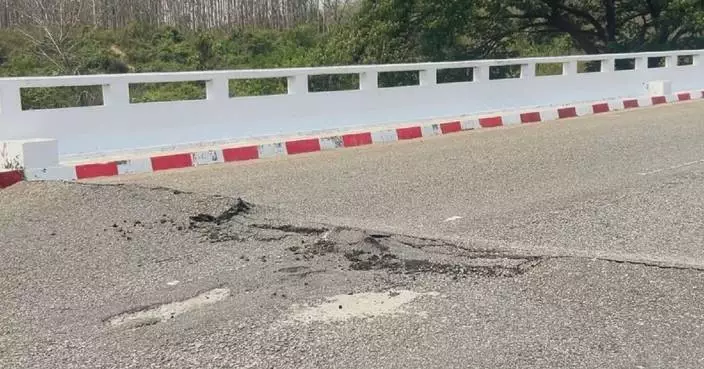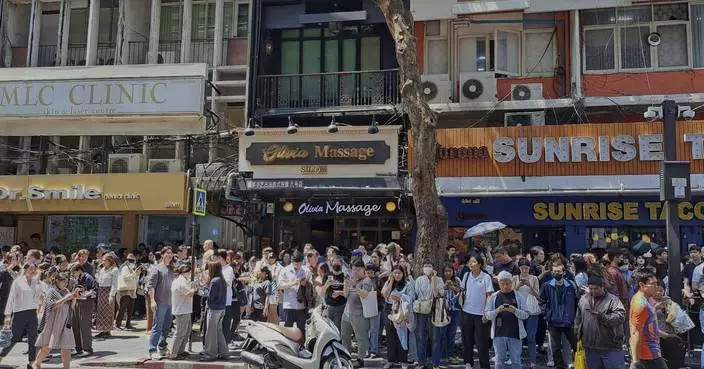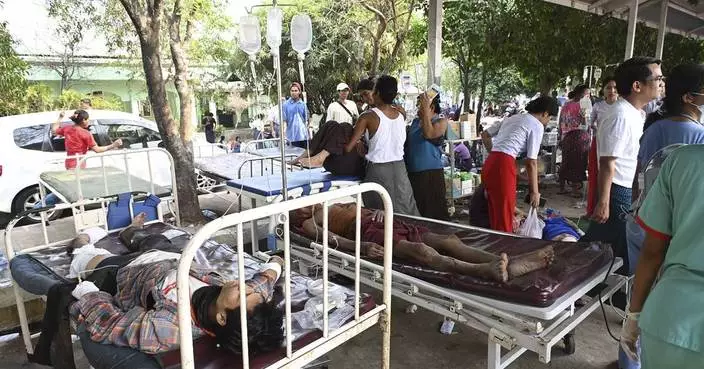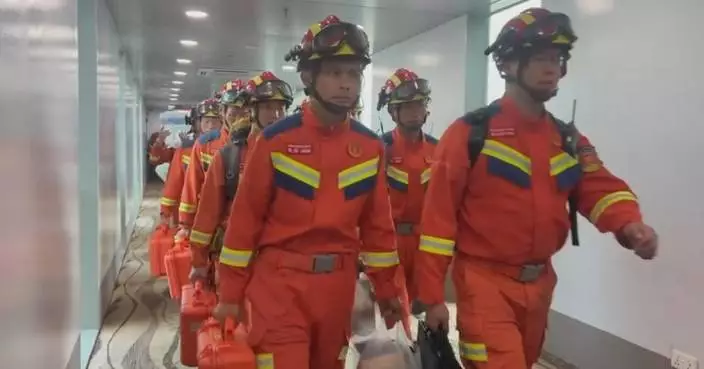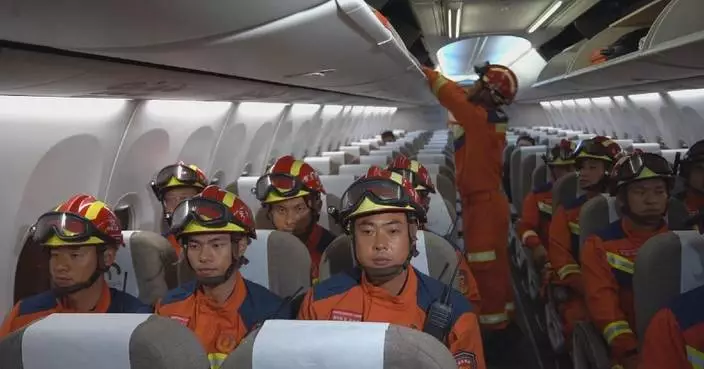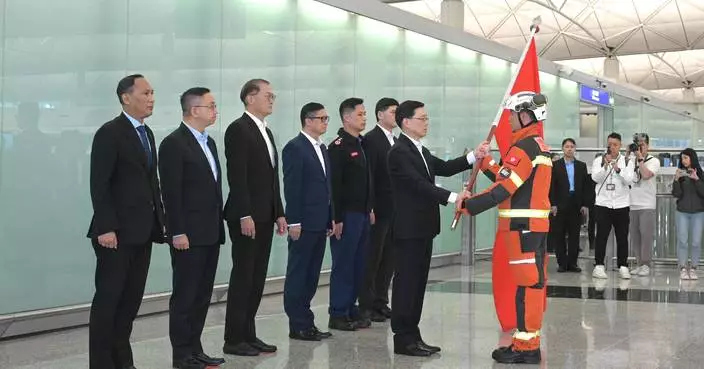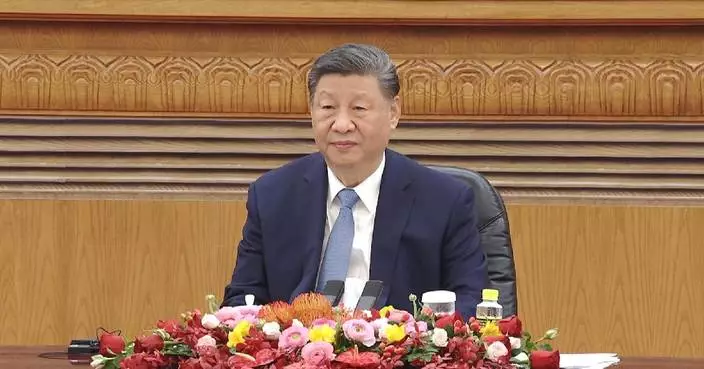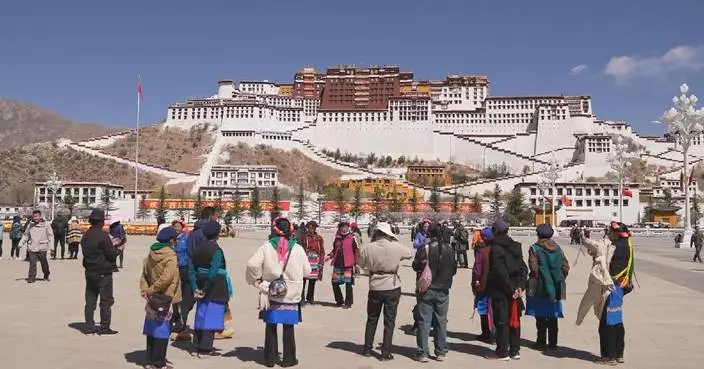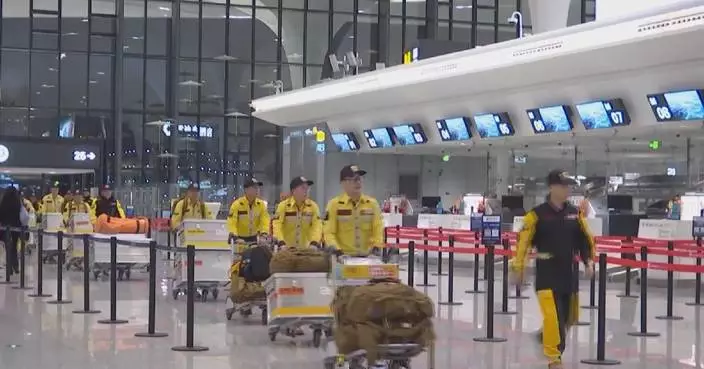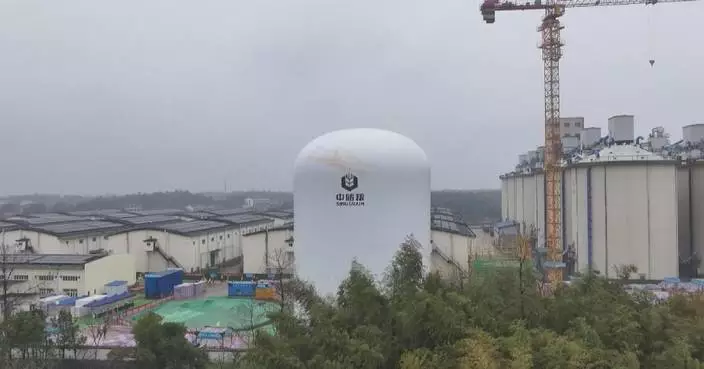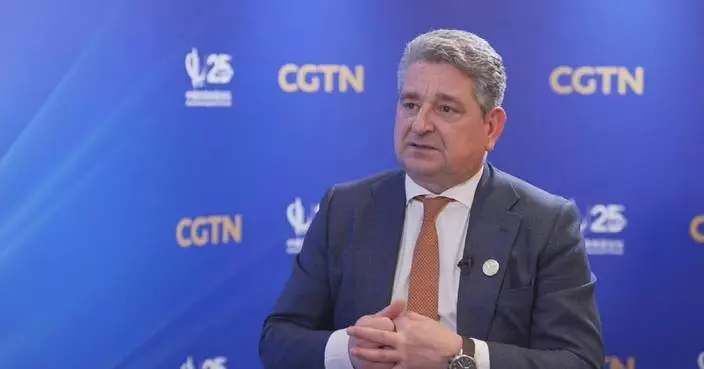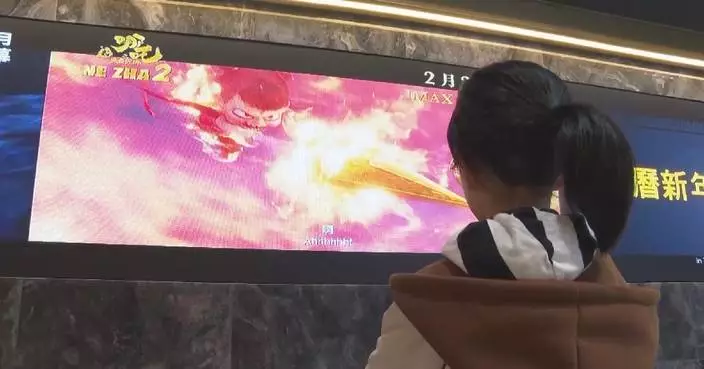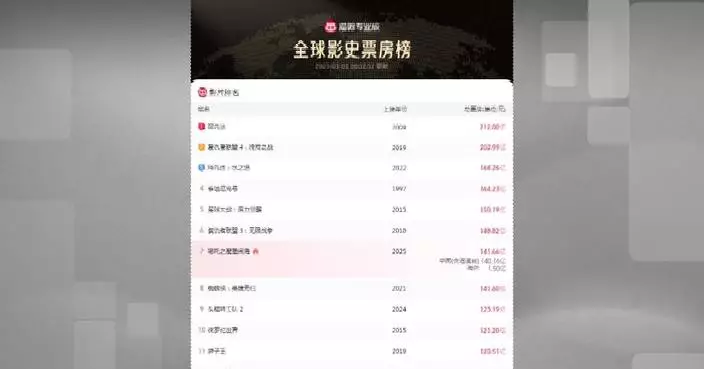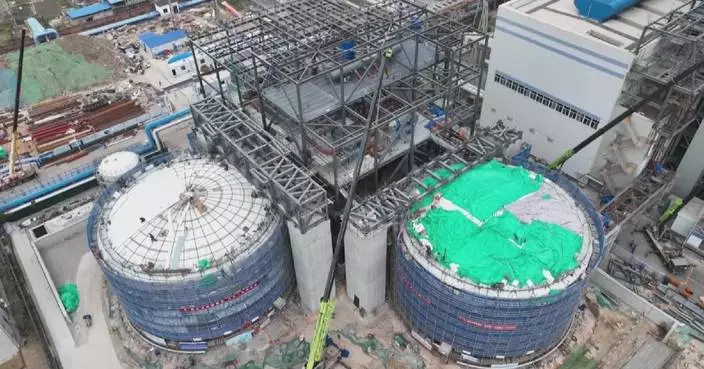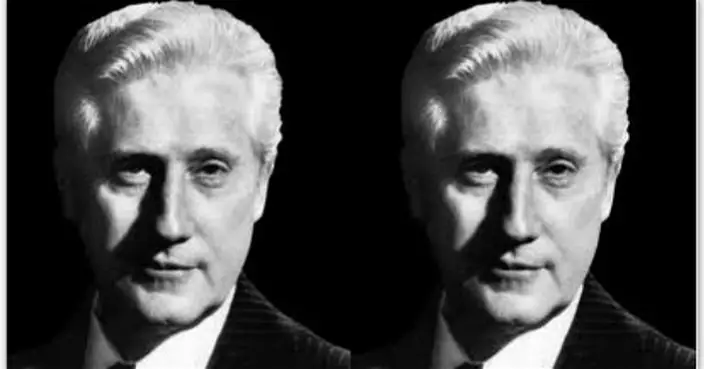Mark Pinkstone/Former Chief Information Officer of HK government
Hong Kong (Tourism) has long been the backbone to the city’s economy but has been dealt a serious blow from the 2019/20 riots, the COVID-19 outbreak, and adverse publicity in the western media.
Prior to these upheavals Hong Kong was receiving more than 30 million visitors a year. But in 2022 it dropped to a mere 600,000. However, it is making a comeback and last year it had reached its previous high arrivals and so far about 21 million visitors arrived in Hong Kong in the first half of 2024 (January to June), for a 64 per cent year on year increase and a daily average of 116,000 visitors. It’s goal is to reach more than 40 million by year’s end.
Chief Executive John Lee Ka-chiu is not being complacent with this clawback and has plans to continue the growth rate in visitor arrivals.
In his 2024 policy address Lee announced that the Culture, Sports and Tourism Board (CSTB) is drawing up a blueprint to be published next year after consultation with the trade on how to enhance the industry.
He said the recently launched “Night Vibes Hong Kong” had boosted the city’s vibrancy, bringing a novel experience to residents and visitors alike and showcasing the unique charm of Hong Kong as a metropolis.
His plan for the industry includes transforming our cultural and heritage sites into a Characteristic Local Tourism Incentive scheme to encourage the trade to develop more thematic tours, including national history tours, green ecology tours, marine tours and a slate of others to showcase the diversified cultural landscape of Hong Kong.
Promoting cruise tourism is also highlighted in Lee’s address. There were 164 cruise ship calls last year, which was a 78 per cent increase on the pre-pandemic period. Lee said that by creating demand in source markets, developing cruise tourism products and improving support for the 32 infrastructures in the vicinity of the Kai Tak Cruise Terminal, “we strive to attract more cruise ships to Hong Kong and strengthen Hong Kong’s competitiveness as Asia’s cruise hub in the long run. “
An inter departmental Working Group on Smart Tourism will be set up under the CSTB to formulate and implement initiatives to promote smart tourism, including launching a new round of the Information Technology Development Matching Fund Scheme for Travel Agents, adopting technologies to enhance visitors’ experience, driving tourist attractions to provide multilingual virtual guides, and making use of smart technologies to strengthen management of inbound tour groups.
Sha Tau Kok, once a forbidden township straddling the boundary with China, is being opened up as a tourism destination. The town is separated by Chung Ying Street with one half in Hong Kong and the other in Shenzhen.
Lee said that starting from next year the area will be gradually opened up to tourism.
“In the initial stage, visitors can apply online for Closed Area Permits to enter Sha Tau Kok for sightseeing. This will promote cultural and eco tourism of Sha Tau Kok and nearby outlying islands. We will also explore with the Shenzhen Municipal Government the feasibility of developing a cultural tourism zone in Sha Tau Kok on the Hong Kong side and Shatoujiao on the Shenzhen side, including exploring arrangements to facilitate access to the cultural tourism zone by visitors of both sides,” he said.
Of course, the cornerstone of tourism is aviation. To ease passenger flow, the Airport Authority of Hong Kong will next year introduce a “smart lane” so that passengers will no longer need to take out items such as liquids and electronic devices from their carry-on luggage during aviation screening.
An autonomous transportation system is planned for 2025 to carry passengers along the Airport City Link, connecting SkyCity to the Hong Kong post of the Hong Kong Zuhai Macau Bridge (HZMB) and later to Tung Chung Town centre.
The 55-km HZMB is the longest bridge-cum-tunnel sea crossing in the world and has become a vital link between the three cities.
Lee’s plan is to utilise the bridge in a “fly-via-Zhuhai-Hong Kong” passenger service for visitors arriving in Hong Kong to take advantage of Zhuhai’s vast aviation network by travelling to the neighbouring city via the new bridge link.
Overall, Lee’s third policy address was well received. Delivery took 2 ½ hours to read his 114-page blueprint for the future. It was time well spent as he mapped Hong Kong’s future. Although the various topics were in short bullet points without details, policy secretaries will follow-up in press briefing for a week to elaborate on their various subjects.
Mark Pinkstone
** The blog article is the sole responsibility of the author and does not represent the position of our company. **



